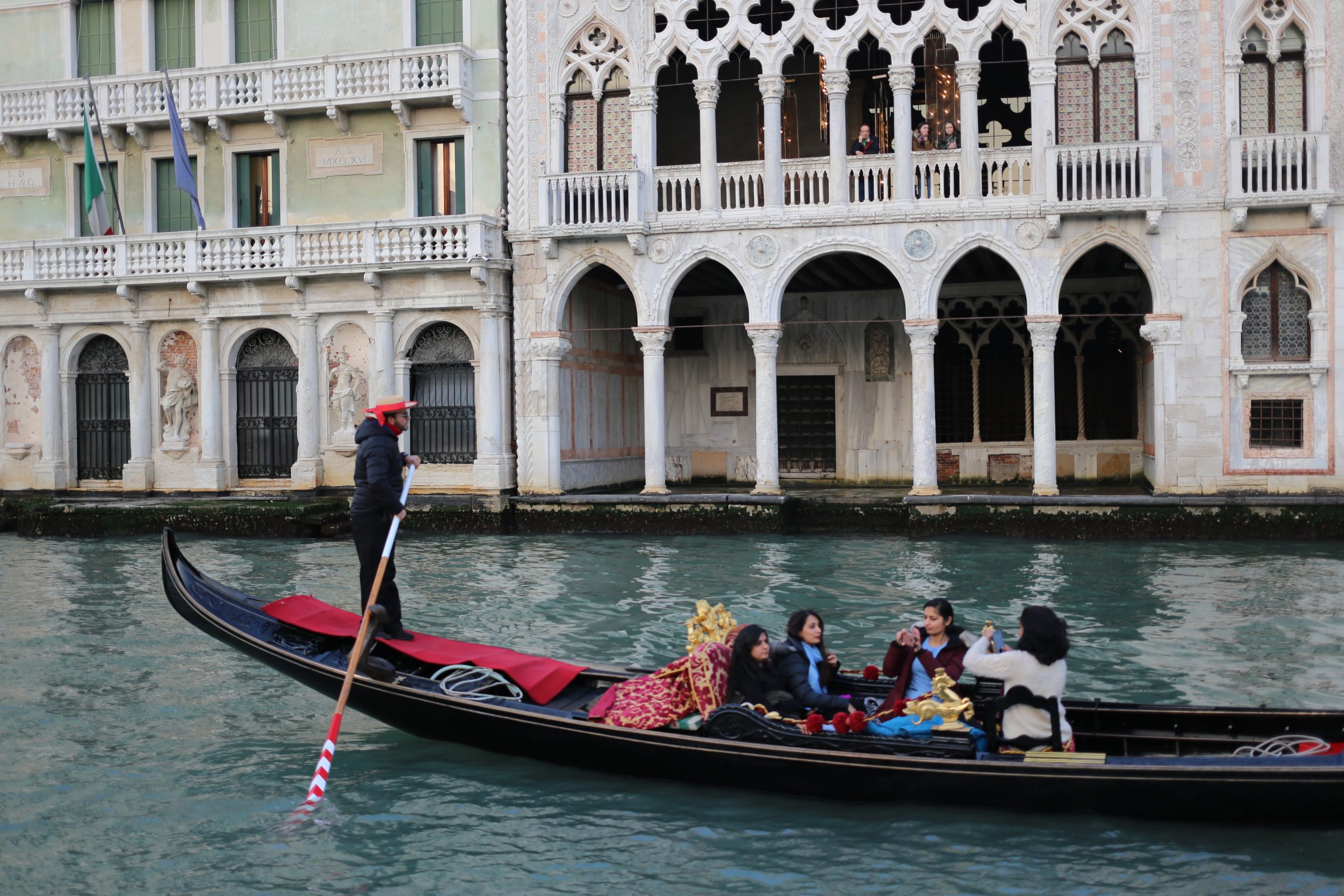Venice has always carried the aura of fragility—built on water, half-myth, half-miracle—but today, its most pressing challenge isn’t tides or time, it’s people. Not residents, because those have been dwindling steadily for decades, but daytrippers: the cruise passengers who flood in for six hours, take a few selfies on the Rialto, maybe grab a slice of pizza near St. Mark’s, and leave by sunset. They don’t stay in hotels, they don’t eat long dinners, and they don’t really contribute much to the city’s economy beyond a gelato and a gondola ride. Yet they still occupy the same narrow alleys, crowd the vaporetti, and clog every bridge as if the entire lagoon was designed to be a quick-stop theme park.

What’s tragic is that this style of tourism has reshaped Venice itself. Shops that once catered to locals—bakeries, hardware stores, tailors—have shuttered, replaced by stalls selling masks made in China or refrigerator magnets stamped with pixelated gondolas. Apartments are gutted and converted into Airbnbs. And with each passing year, the resident population shrinks further; Venice is heading toward the surreal possibility of being a city with no Venetians, only caretakers and service staff who commute in from the mainland. When people talk about “overtourism,” Venice is the case study they mean.
There’s something faintly absurd, almost cruel, about how the economy of Venice depends on the very forces that are hollowing it out. The cruise ships that hover like floating apartment blocks dwarf the fragile skyline, while daytrippers pour off them in waves, leaving behind little more than trash and tired stone. It creates a paradox: Venice is both drowning in visitors and dying from them. You can see it in the faces of the elderly Venetians who still live in the sestieri, watching their neighborhood trattoria turn into yet another slice counter for tourists who don’t even know the word cicchetti.
Venice deserves more than to be treated as a backdrop for someone’s TikTok reel. To actually feel the city, you need to linger. You need to get lost in Cannaregio after dark, when the streets are empty and you can hear your own footsteps. You need to watch fog roll over the lagoon at dawn, drink a spritz on a rainy weekday when the tourists aren’t there, and maybe even talk to the few Venetians still willing to share their city’s stories. The tragedy is that daytrippers rarely experience any of this—they skim the surface, and in doing so, help destroy the depths.
Leave a Reply